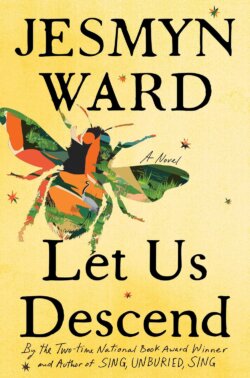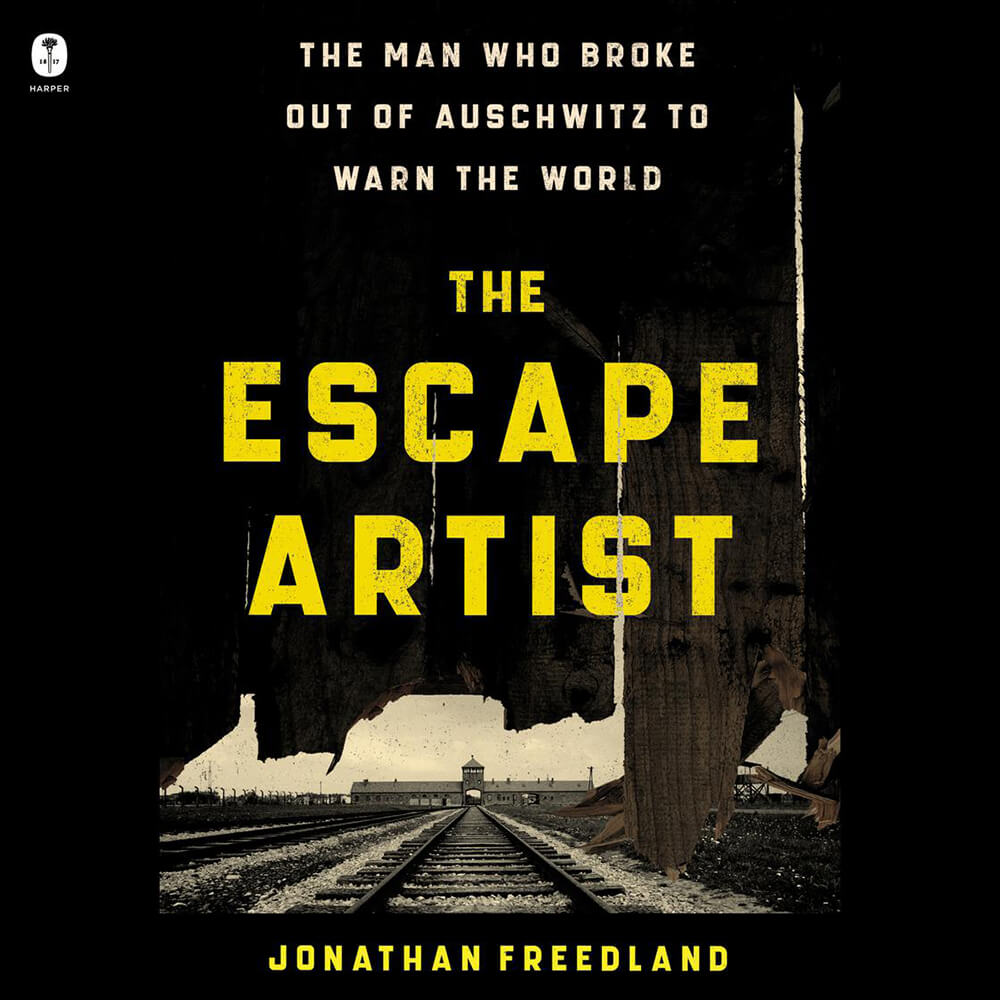Historian Elizabeth R. Varon’s authoritative and fascinating biography Longstreet: The Confederate General Who Defied the South illuminates the man she calls “one of the Civil War era’s best-known—but least understood—figures.”
James Longstreet first owned enslaved people when he was just 11 years old. Influenced by his uncle, a prominent pro-slavery ideologue, he attended West Point, and soon after distinguished himself in the Mexican War. Though he would later paint a picture of his younger self as a reluctant secessionist pressured by his family, Varon points out another biographer, Jeffry Wert, revealed that Longstreet “acted with surprising haste” in embracing the cause. As a Confederate general, Longstreet “tried to preempt and to punish the many forms of Black resistance” and “worked to forestall and undermine emancipation.” His outstanding record in the Civil War led Robert E. Lee to refer to Longstreet as his “old war-horse.”
Following the Confederacy’s defeat, Longstreet and his family moved to New Orleans, where the city’s “cosmopolitan culture, entrepreneurial energy, and democratic diversity seemed fertile ground for political transformations to take root.” It was in this atmosphere that Longstreet published four public letters expressing his support for Congress’ Reconstruction Acts, changing his life forever and turning friends into political enemies. He became a leader in the state’s Republican Party, supporting Black enfranchisement and school integration. His advocacy for Black soldiers, Varon writes, was “his boldest, most radical contribution to Reconstruction.”
Longstreet’s “political journey from ardent Confederate to ardent Republican was an exceedingly unlikely one,” writes Varon. “In time, as he experienced the transformations of Reconstruction, he would come to accept fully an influential Unionist interpretation of emancipation.” Though he was celebrated as a Confederate, supporters of the Lost Cause retroactively blamed the Gettysburg defeat on Longstreet, and some blamed him for the Confederacy losing the war.
Varon relies on Longstreet’s frequent interviews with the press, his essays and his 1896 memoir published, in which, Varon says, he “succeeded . . . in refashioning himself as a prophet of sectional reconciliation between the North and South.” The transformation of his outlook was strongly influenced by Ulysses S. Grant, his close friend from when both were cadets at West Point. As newly elected president, Grant insisted on appointing Longstreet to his first political office, as surveyor of the port of New Orleans. After Grant’s death in 1885, Longstreet said the former president was the “highest type of manhood America has produced.”
This engaging narrative brings a complex figure to light. The author is, on the whole, sympathetic of the once-rebel general. “Longstreet,” writes Varon, “saw his stance on Reconstruction as an extension of his Southern identity, not a repudiation of it.” But Varon is also honest about Longstreet’s flaws and contradictions. Longstreet should enlighten many readers of American history.



















































